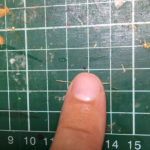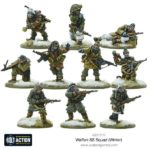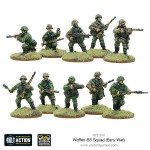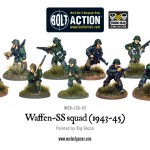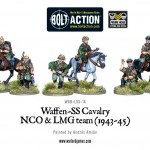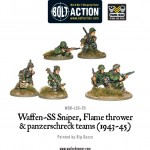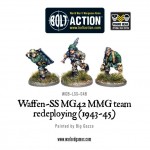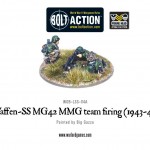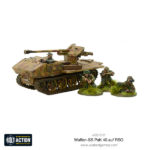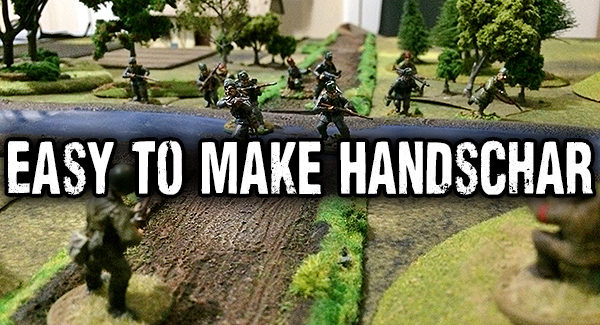
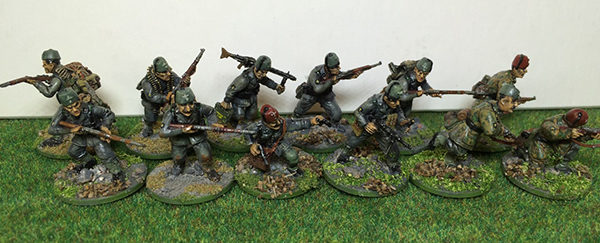
I firmly believe that geographical isolation is no reason why anyone shouldn’t enjoy an exciting game of Bolt Action from time to time. I live in Maidenwell, three hours from Brisbane in rural Queensland, Australia and I love my Bolt Action. For our games, my friends and I try to incorporate as much variety of forces and situations as we can into each battle.
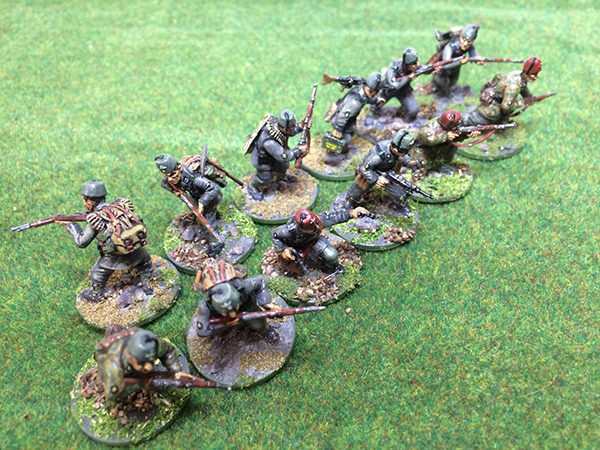
I believe that variety encourages and maintains interest in the hobby and prompts us to try out new troop types in historically feasible scenarios. As our current series of campaigns is set on the Eastern Front, we like to explore opportunities to include forces that are not just your standard Wehrmacht versus human waves of Soviet Infantry. Thankfully, there are plenty of historical references that mention a wide variety of units from different countries so we don’t have to invent fictional ‘what if’ scenarios. At a recent game, we had discussed the variety and nationality of troops that had fought for Germany. I conducted some research to see what troops I could credibly create for our next game from my existing infantry sets with little or no modification. And so, I discovered the 13th Waffen SS Mountain Division Handschar (1st Croatian).
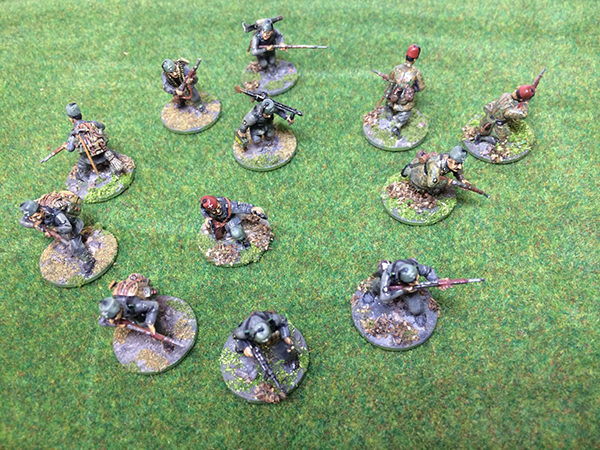
History
Even though a quick internet search will tell you all you need to know, here is a quick background summary. Heinrich Himmler approached Hitler about raising a Bosnian Muslim SS division due to the rapidly deteriorating security situation in the Balkans that was tying down German forces that could be used elsewhere. He accepted theories put forward by nationalists that Croatian people, including Muslims, were not ethnic Slavs but pure Aryans. Once raised, the Handschar Division was to engage in anti-partisan operations, mainly directed towards Tito’s forces in north-eastern Bosnia, but also to ensure the welfare of German-speaking settlers to the north. Formal approval was given by Hitler in mid-February 1943, and the Handschar Division became the first SS division to be recruited from a non-Germanic people.
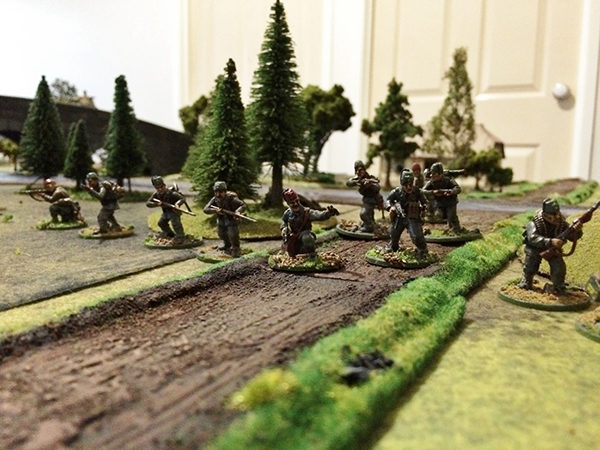
The Figures
As the uniform was based on the standard SS M43 field jacket, I chose the German Grenadiers set as a starting point. As each figure would be wearing a fez, I needed bare heads upon which to model them. Conveniently, the British Infantry and British Commando boxed sets had all the bare heads I needed. They also had a moustachioed head I thought perfect for an officer! For variety, I also closely examined the German Fallschirmjager set and chose three torsos that looked like they were wearing jackets and not the ‘knochensach’ jump smocks.
These could be painted as SS splinter pattern jackets. For equipment, being mountain troops, I again raided the British Commando set and selected some appropriate backpacks with obvious rope and cordage attached. I also added a couple of tools from the equipment sprue as infantry often have to carry hand tools when vehicles are unavailable.
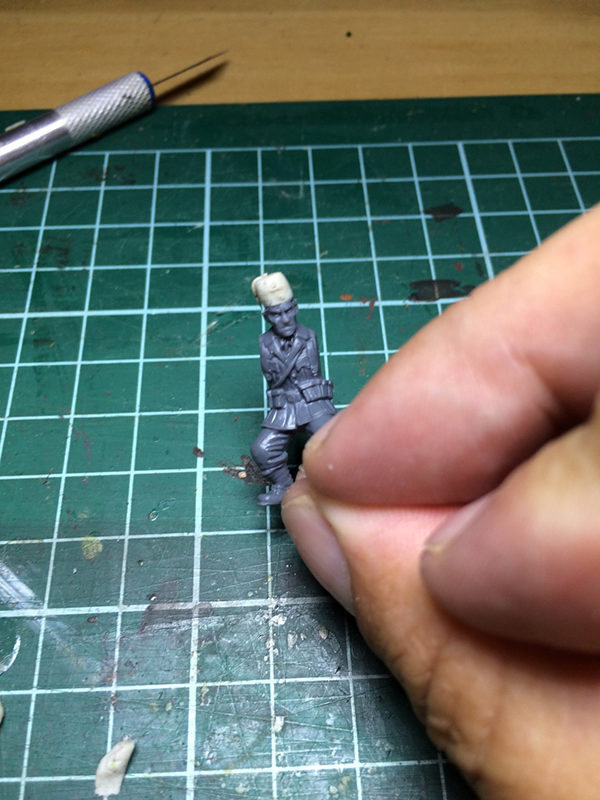
We certainly did when I was in the army! All weapon choices were standard but I chose a few different arm sets from the German Fallschirmjager set to break up the poses a little. I also chose a satchel from the U.S. Infantry set to use as the officer’s map case. After that, it was time to craft the fezzes. The remainder of the equipment I kept fairly standard.
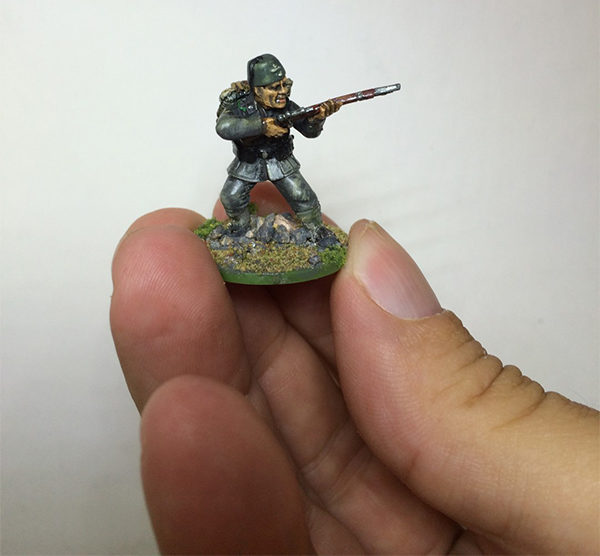
The Fez
The Handschar Division wore the SS M43 fez harking back to those worn by the Bosnian-Herzegovinian Infantry regiments of the Austro-Hungarian army from 1894 to 1918. The fez was issued in two colours; field grey for general duties and red for parade uniform. I started with a small ball of ‘green stuff’ and pressed it firmly onto the figure’s head. Then, it was a simple matter of trimming, smoothing and patting until the desired result was achieved. Period photos of Handschar troops show the fez being worn in a variety of poses, so I achieved, even more, variety with some daring jaunty angles. The tassel was a simple roll of putty rolled very finely and carefully, cut to an appropriate length then delicately placed on the fez. A tiny ball of putty gently pressed onto the end of the tassel on top of the fez finished the headdress. I then repeated this for each figure.
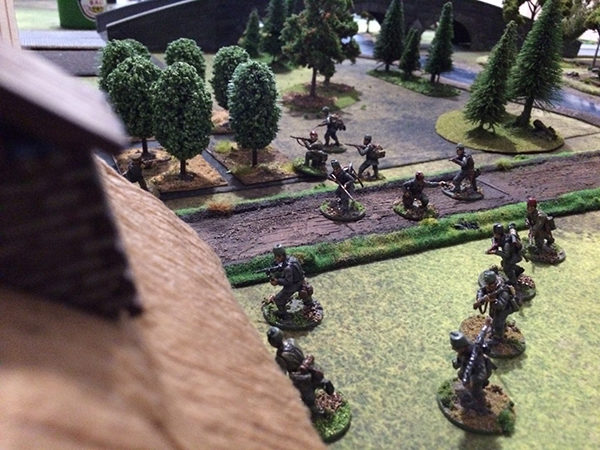
After a bit of practice, each fez only took a minute or two. I also had a go at fashioning some embellishments for the front of the fezzes using scraps of putty and the tip of my scalpel. At arm’s length, I think it works. After that, some appropriate painting of epaulettes and collars achieved the desired effect. I painted some red just to see the effect. A quick coat of paint can easily change them back.
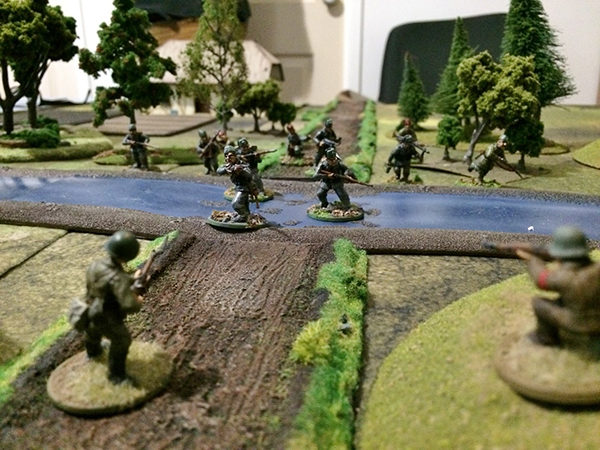
And there you have it! Another troop-type to add to Hitler’s legions. And to further add to your troop diversity with your Handschar Division, remember that a large quantity of Italian armour was given to the SS after Italy surrendered in September 1943 and was subsequently used widely in the Balkans. As partisans had little in the way of armour, it would not be unreasonable to have your Handschar troops being supported by an Italian light tank. All the best and happy wargaming!
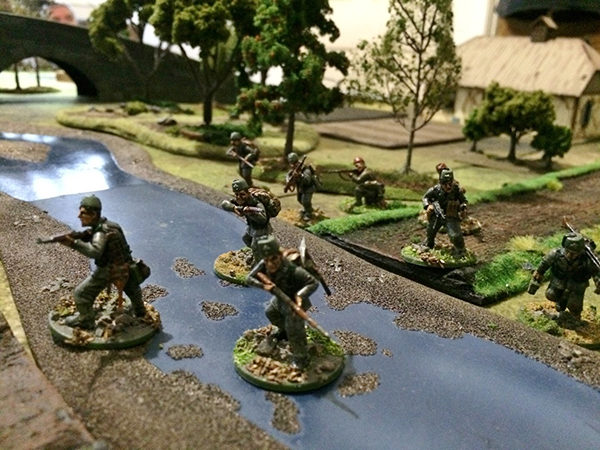
Do you have an article within you? Then drop us a line with a couple of pictures to info@warlordgames.com.
The Bolt Action Waffen-SS range
- Waffen-SS Sniper, Flamethrower and Panzerschreck teams (1943-45)


